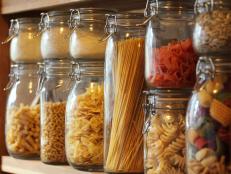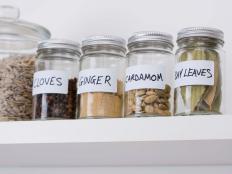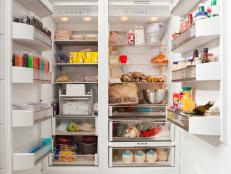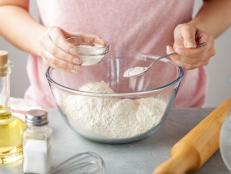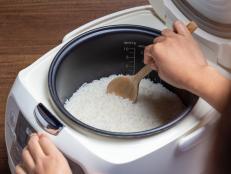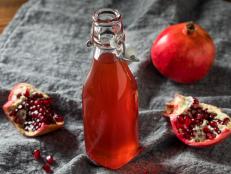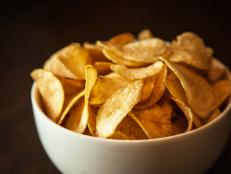How to Julienne, Dice and More: A Step-by-Step Guide
Flip through this guide to learn how to chop and dice like a pro, then watch our how-to video.

Follow these simple steps to learn how to master three classic knife cuts.
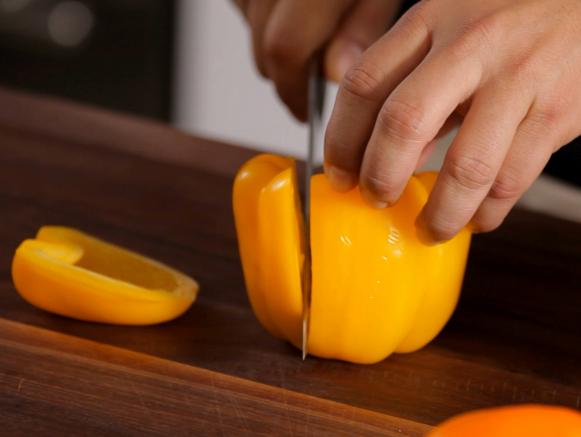
Step 1: Making the Cut
Julienne cuts are made from thin slices of a vegetable or fruit. Grab your chef's knife and cut the sides and panels. Then, lay it skin side down so it doesn't slip. Rock the knife toward you in a quick, confident motion.
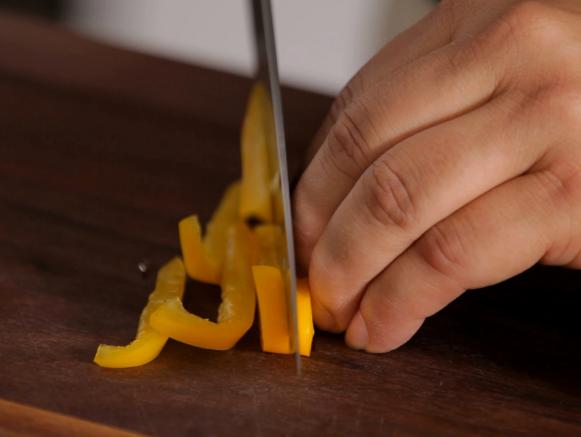
Step 2: Guide Your Knife
Make sure your fingers are tucked away under your hand, away from the blade. Use your knuckles to guide your knife. Tip: Peppers, carrots, leeks, celery and potatoes are often julienned.
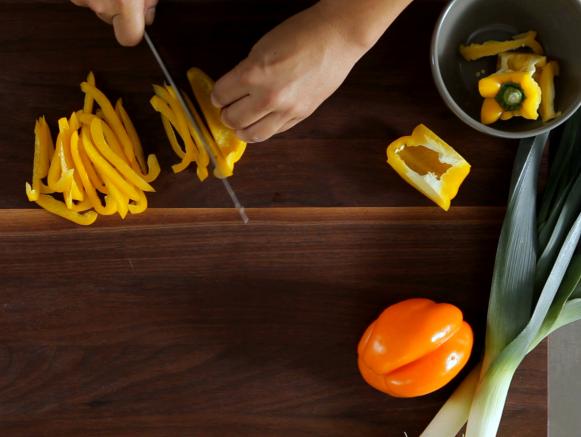
Step 3: Uniform Cuts
Walking your fingers backward makes the cut thicker or thinner. You definitely want nice, uniform cuts.

Step 4: The Julienne Cut
And that's a julienne. Use this cut in salads, summer rolls or as a delicate garnish.
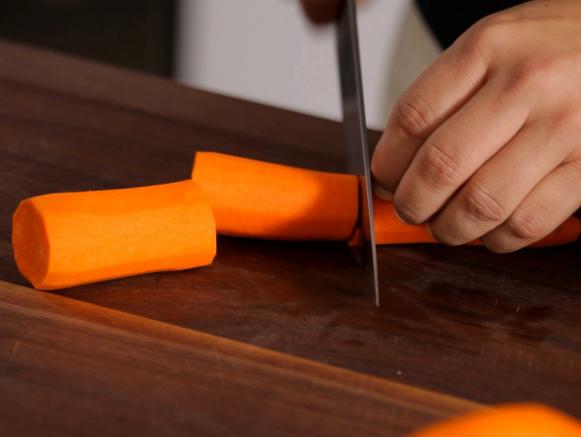
Step 5: Mastering Matchstick Cuts
Matchstick cuts are essentially rods or logs that are squared off. They can be any length you need.
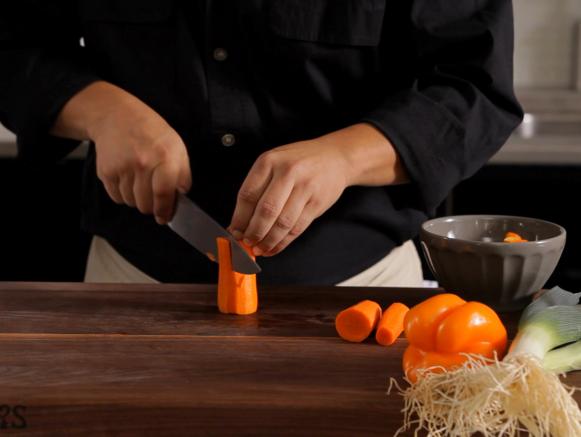
Step 6: Squaring Off
We'll start with some basic 2- to 3-inch chunks. Then, cut even panels from the chunks. Now you've turned something round into something square.
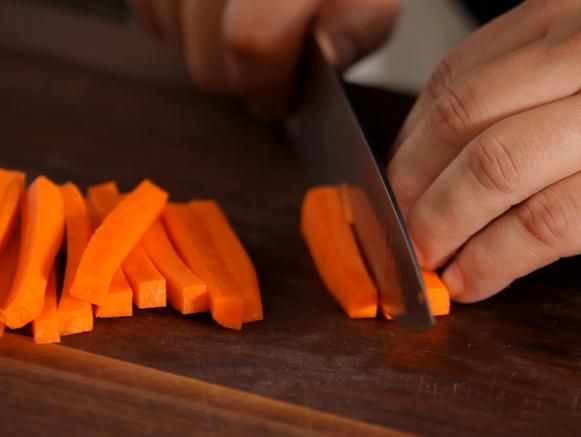
Step 7: Cutting Panels
Cut the panels into matchsticks. Raise and arrange these for an elegant side dish.

Step 8: Dicing Into Cubes
For dicing, start with matchsticks. Line them up and cut crosswise with your knife, making little cubes. Make sure to keep your fingers safe.
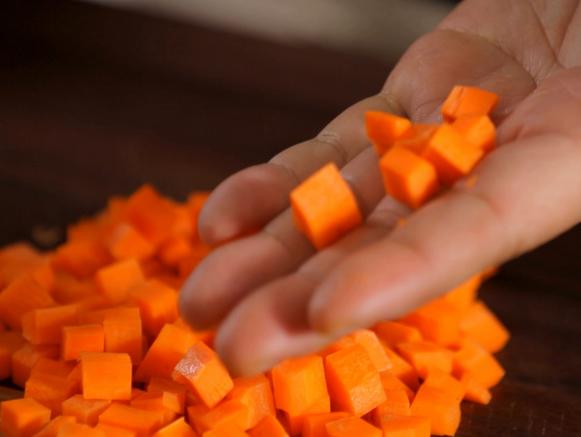
Step 9: Even Cuts for Even Cooking
Even cuts are great for even cooking — whether you're roasting, steaming or stir-frying. And if you want a finer dice, go over the pile again in both directions.
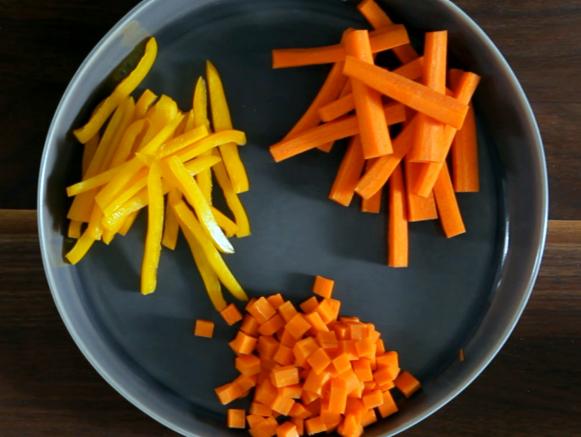
Step 10: Practice Makes Perfect
Don't worry if your cuts aren't perfect. That's what practice is for. Watch our how-to video for more.


























